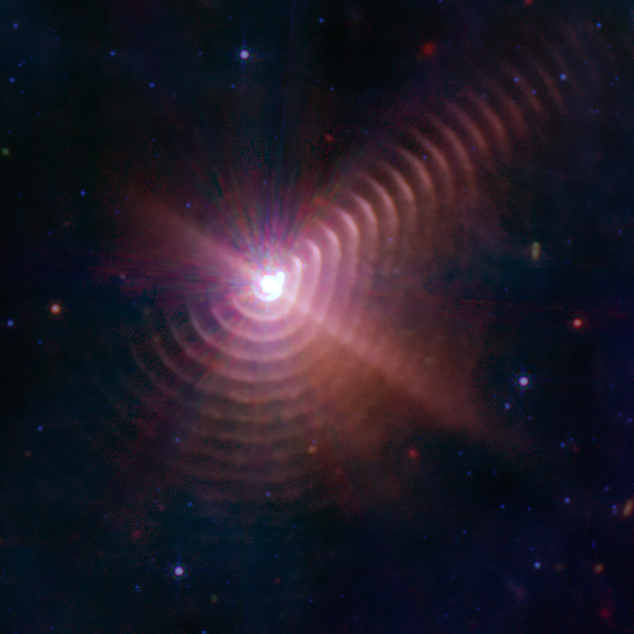How a Shield Protects NASA’s James Webb Telescope From the Sun

Launched on 25 December, NASA’s James Webb Space Telescope is a groundbreaking new observatory on a mission to study outer space through infrared light. In order for it to do so, however, a system needed to be developed to protect it from the sun. Thus, scientists created a cooling kite-shaped armor made from layers less than five millimeters thick. This sunshield keeps the telescope below -370 degrees Fahrenheit, a temperature cool enough to freeze nitrogen. It’s massive feat given that the device’s instruments can heat to up to 230 degrees Fahrenheit. Taking over 12 years to produce, the thin shield is composed of layers of Kapton, a plastic-like material with thermal properties that is coated with aluminum on the inner layers and doped silicon on the outward ones. After devising this revolutionary kite, inventing a way for the shield to fold and employing 107 devices to unfurl it, scientists successfully deployed it. Learn more about this milestone achievement and the arduous planning that went into it at Popular Science.
Image courtesy of Adriana Manrique Gutierrez/NASA’s Goddard Space Flight Center/CIL
Via popsci.com link opens in a new window












